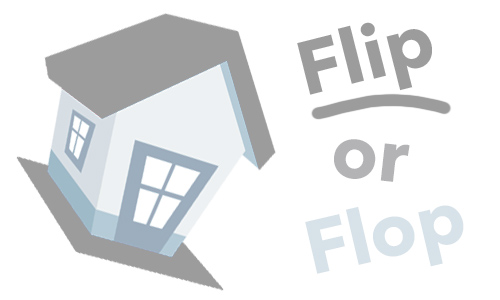According to RealtyTrac data, flipping homes has been on a nearly continuous decline since its peak in 2006. This is attributed to a variety of factors, including a reduction in the number of foreclosures, thus limiting flipping opportunities, as well as flippers taking longer to renovate. The number of flipped foreclosed homes is at a 7.5 year low, and the amount of time it is taking to flip a home has hit an eight year high.
RealtyTrac’s second-quarter U.S. Home Flipping Report indicates that, in the last quarter, 4.5 percent of single-family homes sold were flipped. At its height, flipping represented eight percent of single-family home sales. Between the second quarter of 2014 and the first quarter of this year, there was an increase from 4.9 to 5.5 percent, but overall, the percentage of flipped homes sold has trended downward.
Although flipping is taking longer and is less common, the profits for doing so have risen, in some cases significantly. The average gross profit for a flip, excluding renovation costs, has risen to a second quarter level of $70,696, up from $67,753 last quarter and way up from $49,842 in the second quarter last year. Average gross profit margin also saw a modest gain of .3 percent between the first and second quarter of this year and a much larger 12.5 percent year-over year gain.
However, profits are not always guaranteed with flipping, especially with homes on the low-end of pricing. In the second quarter, homes priced below $50,000 ended up losing money for flippers.

